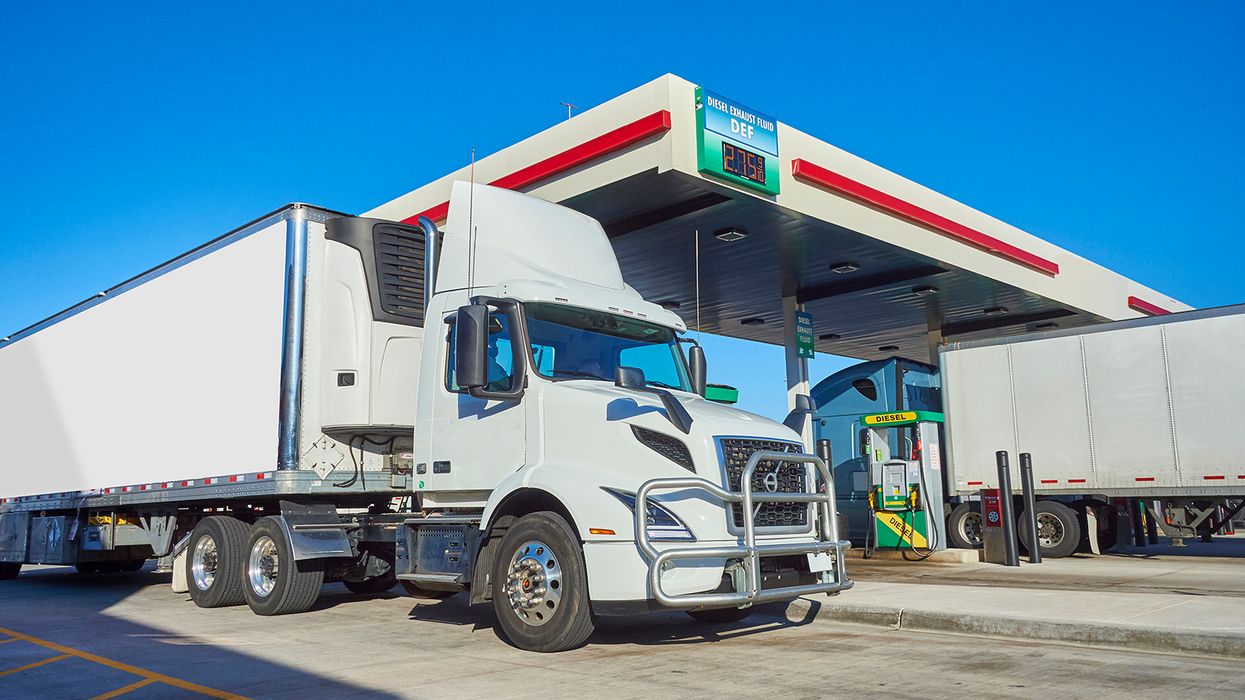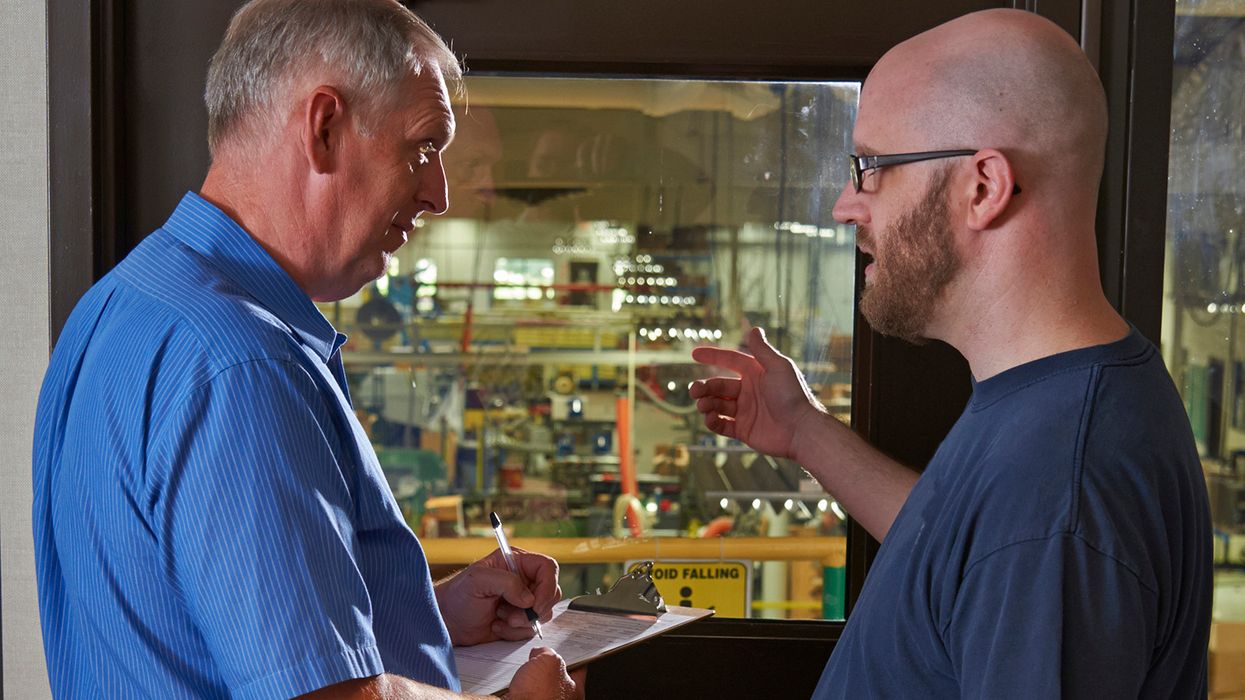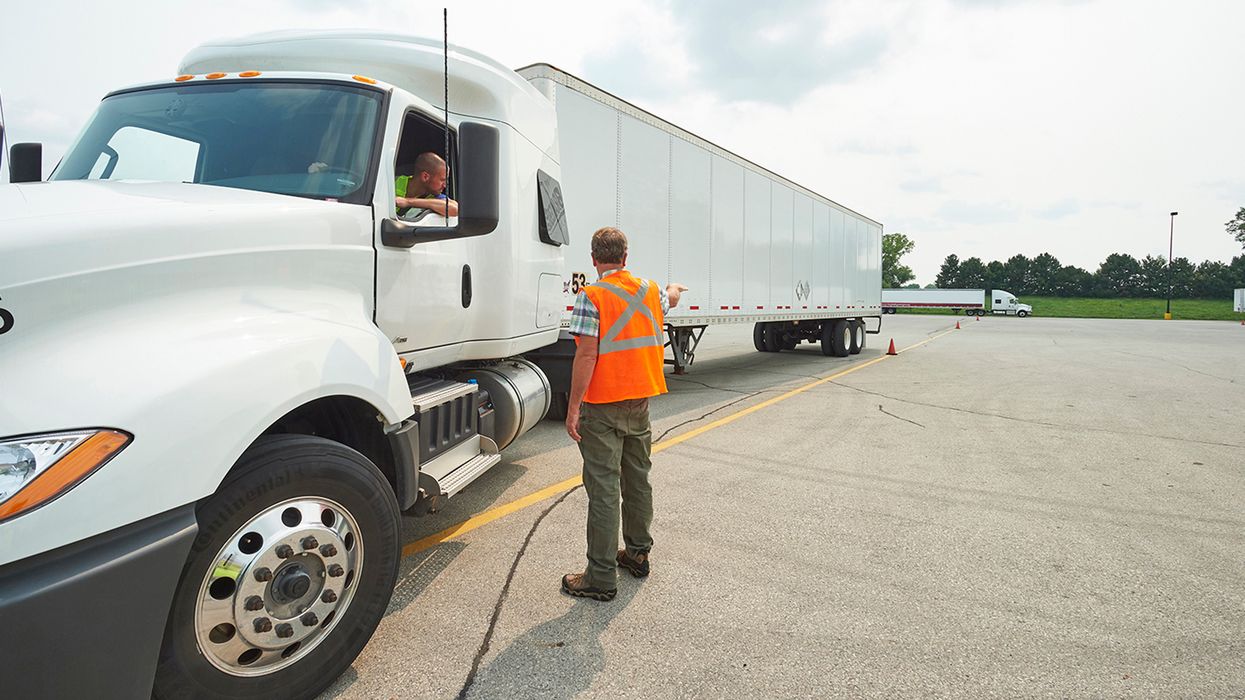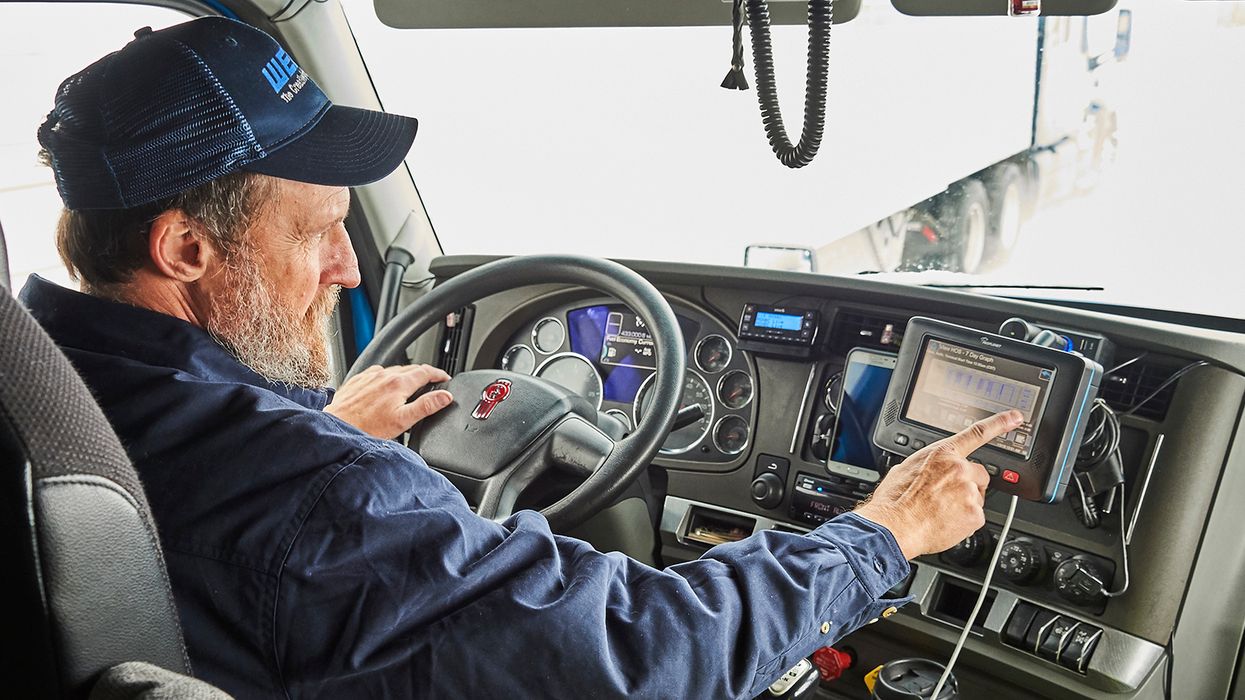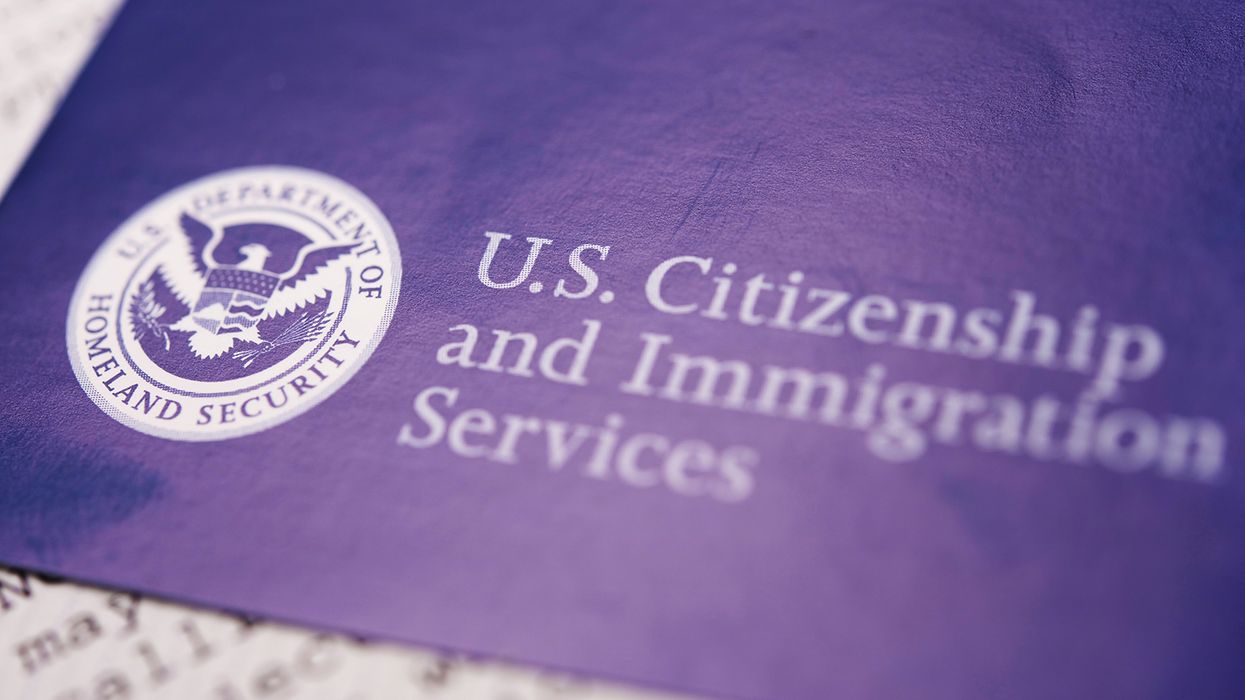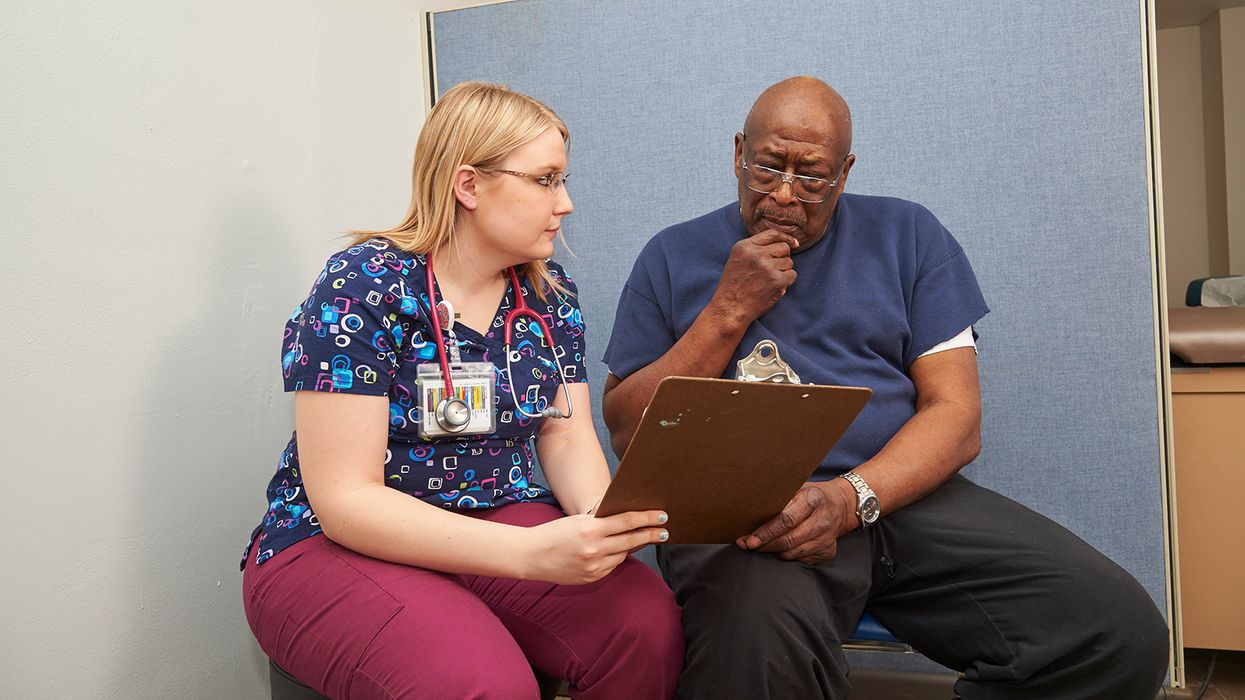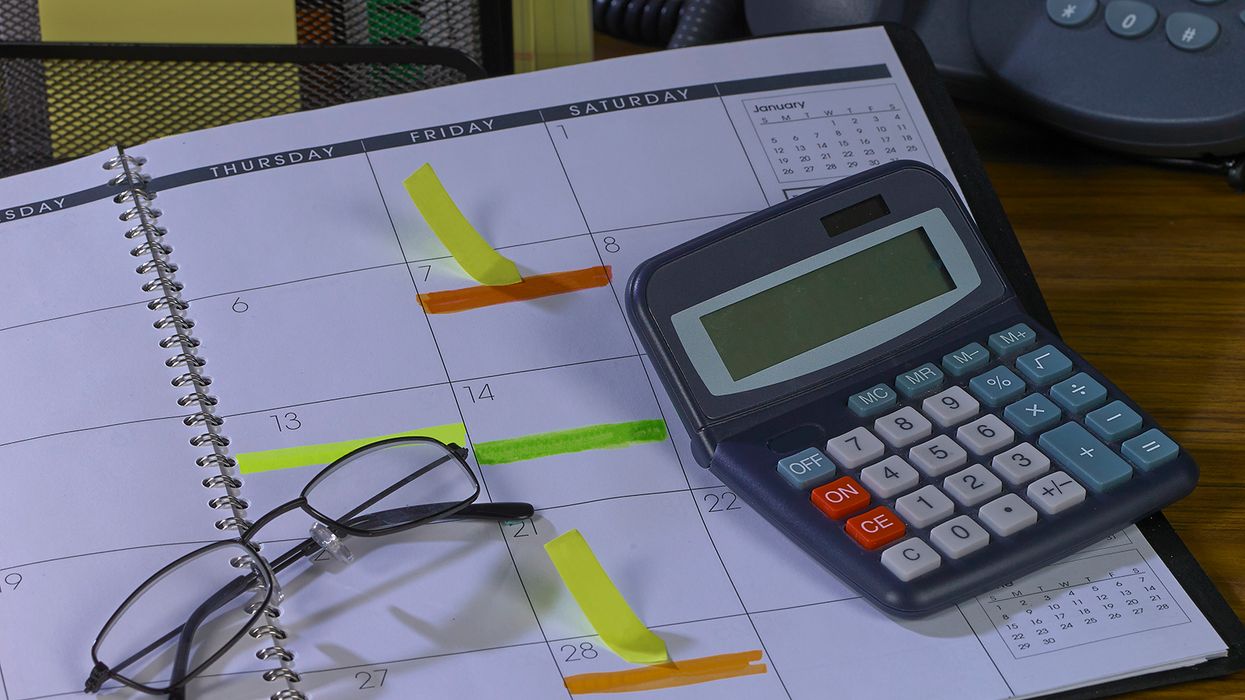A case study in how NOT to use personal conveyance
The trouble that an Illinois motor carrier ran into during a DOT audit serves as a case study in improper use of the “personal conveyance” (PC) provision.
The company’s safety rating was downgraded after auditors discovered that more than 26 percent of drivers were falsifying their logs. Most of the violations were due to drivers falsely claiming that time spent driving was actually “off duty” for personal use, also known as personal conveyance.
Are your drivers using PC properly?
Review the violations and the facts of the case to see whether your drivers might get in similar trouble for their use of personal conveyance:
| What the drivers did | What auditors found |
| A driver with an empty truck was en route to pick up a load and logged part of the journey as personal use. The company thought it was okay because the driver stayed within the company’s 99-mile PC limit. | There was nothing “personal” about it. PC cannot be used to further the business, including driving an empty truck to pick up a load, no matter the distance. |
| Several drivers routinely used PC for portions of their trips to deliver a load. They claimed they were relieved of duty and were on personal business. | Mapping software showed that the drivers were furthering their loads in direct route to their destinations and therefore could not be off duty. |
| A driver used PC to drive 105 miles on the East Coast to find safe parking. | The driver was en route and under dispatch to a pick-up location, in furtherance of commerce. Though PC can be used to find safe parking after running out of hours at a customer location, it may only be used to reach the nearest safe resting area. |
| A driver used PC to go 80 miles for a “safety check.” | The driver was en route and under dispatch to a pick-up location, in furtherance of commerce. Time spent getting to a maintenance or inspection location cannot be logged as PC. |
| A driver used PC to travel over 150 miles but claimed he went to a store and truck stop during those times. | PC may be used to travel to restaurants, stores, and other personal destinations. In this case, however, the store and truck stop were along the driver’s dispatched route. |
| A driver drove 108 miles on PC to find a “safe haven” for his load of charcoal briquettes. | The only safe-haven rule, found in 49 CFR 397.5, has nothing to do with PC — it relates to the ability to leave a load unattended, and it only applies to Division 1.1, 1.2, or 1.3 explosives. |
| A driver used PC for 167 miles and noted that it was to obtain fuel. | The driver was en route and under dispatch to a pick-up location at the time. In addition, getting fuel is an on-duty activity. |
Conditions apply
Keep in mind that personal conveyance can be used only when:
- The driver is completely relieved from work and all work-related responsibilities (i.e., the driver is off duty);
- The movement is entirely personal in nature, with no benefit to the company; and
- The driver is allowed by the company to use the commercial vehicle for a purely personal reason.
If the movement is in any way benefiting the business or furthering a commercial trip, then it’s probably not personal conveyance.
Use data to catch illegal PC usage
If you use electronic logs, watch what the data is telling you.
- Look for end-of-week use. If your drivers are on a weekly cycle and take their vehicles home, you should see a fair amount of “personal use” at the beginning and end of each week, but it should be balanced. If a driver uses significantly more PC at the end of the week, he or she might be using it to hide driving time after running out of (or being short on) hours.
- Watch for excessive use or spikes. If your drivers use PC on a daily basis, look for abnormal spikes. If a driver typically uses PC for a few miles per day but suddenly uses it for two or three hours, it should raise a red flag. Similarly, if the average driver uses PC one to three times a week but one driver used it nine times in a week, for example, take a close look and verify that the driver was not actually on duty.
Set company policies on personal conveyance, train your drivers and dispatchers on those policies, and be vigilant when it comes to:
- Monitoring PC usage, and
- Taking meaningful action with drivers who misuse the PC provision (through training, warnings, and/or discipline).
These steps should go a long way toward avoiding claims of log falsification and passing your next audit.
Key to remember: Personal conveyance is easily misused, as one company learned the hard way. Make sure your drivers are using it properly!

